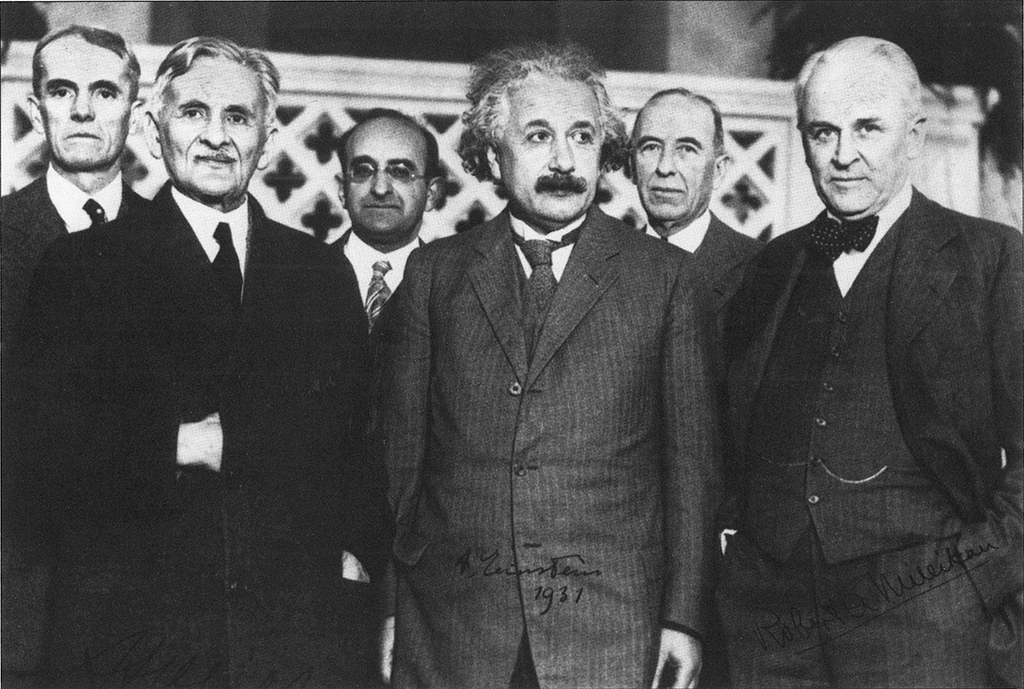
“I always think of Michelson as the artist in science. His greatest joy seemed to come from the beauty of the experiment itself, and the elegance of the method employed. But he has shown extraordinary understanding for the baffling fundamental questions of physics.” — Albert Einstein
Albert Michelson was a member of the Clark University faculty for just three years, but it was during that time that he completed the the work recognized in 1907 by the Nobel Prize (the first won by an American in the sciences).
While at Clark, he invented the echelon spectroscope, used to measure the standard meter, and the stellar interferometer, described in 1930 as “probably the most important astronomical development in this century.”
During his association with Clark he worked with the International Bureau of Weights and Mesures in Sevres, France, the “host” of the standard meter. In 1892, with research support from Clark, Michelson determined the meter to contain exactly 1,553,163.5 wavelenths of red light of cadmium. This was considered his crowning technical achievement, for which he was awarded the Nobel Prize in 1907. When encouraging Clark President G. Stanley Hall to support the work that later led to Michelson’s Nobel Prize, a representative of the International Bureau wrote, “It is my conviction that the assent of Clark University will constitute an unending title to remembrance and full appreciation in the history of science.”
The Nobel Prize focused on the work Michelson undertook while heading the physics department at Clark: his “original methods ensuring exactness in measurements, for his investigation in spectroscopy, and for his achievement in obtaining a nonmaterial standard of length.” The sum of his imaginative work, intuitive genius, and technical accomplishment undermined the old order of physics, making possible Einstein’s revisionist theories.


